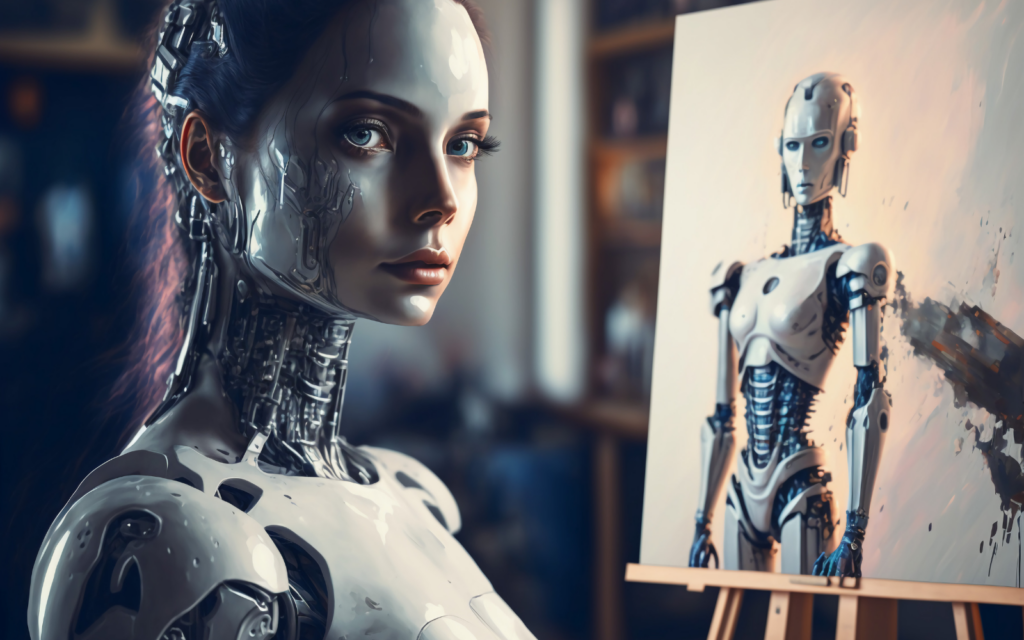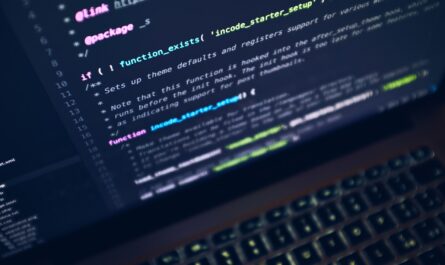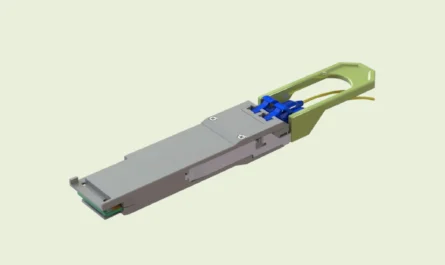Image generation has come a long way since the inception of Photoshop. With AI and machine learning taking center stage, image generation has become far more sophisticated and capable of creating eye-catching visuals, photorealistic graphics, and even deepfakes.
Yet, the technical jargon and mechanics behind image generation can be intimidating to the uninitiated. Have you ever wondered how does image generation work? This article is intended to demystify image generation, explain the terminology, and break down the mechanics behind image generation.
Page Contents
The Process Of Image Generation

Image generation creates new images using AI, machine learning, or 3D modeling techniques. Generative adversarial networks (GANs) and Variational Autoencoders (VAEs) are among the most popular AI techniques for image generation.
In GANs, two neural networks compete against each other for image generation. One network generates images while the other tries to distinguish which images are fake. VAEs are more limited in capability and are better suited for encoding existing images and creating new ones similar to the original.
Understanding The Input And Output
To generate an image, GANs or VAEs rely on an input. This input can encompass a wide range of data, from random information to existing images. Once fed into the neural network, the input undergoes a transformation process, creating a new image which is known as the output.
The nature of the output can vary significantly, encompassing various possibilities such as realistic photographs, artistic paintings, or even mesmerizing landscapes. The final outcome is influenced by the type of data used as input and the unique configuration of the network, allowing for a diverse and captivating array of visual representations.
The Role Of The Loss Function

A loss function is a crucial component that quantifies the performance of an image generation network. It serves as a guide to train and refine the network’s output for optimal results. The loss function measures the dissimilarity between the generated image and the real image, providing valuable feedback to improve the network’s performance.
When the generated image deviates significantly from the real image, the loss increases, prompting the network to adjust its parameters accordingly. The network can progressively learn to produce increasingly realistic photos by fine-tuning the loss function.
Using Pre-Trained Models
Pretrained models are pre-built image generation networks ready to generate images out of the box. These models have been trained on extensive datasets, such as ImageNet, which comprises millions of images. By leveraging this pretraining, a model can be fine-tuned using a smaller dataset, resulting in the generation of images that align with the characteristics of the smaller dataset.
Additionally, pre-trained models can also be used to generate images relevant to a target dataset or a specific task. This flexibility allows for a wide range of applications and opens up possibilities for creative image generation.
The Future Of Image Generation

The future of image generation holds immense promise, as it possesses vast potential for application in diverse fields such as entertainment, advertising, and design. With the increasing accessibility of AI and machine learning, image generation techniques are expected to improve quality and speed significantly.
As a result, they are likely to become more widely embraced and utilized across various media platforms, revolutionizing the way we perceive and interact with visual content. From creating stunning visual effects in movies to designing captivating advertisements, the possibilities are endless, opening up new avenues for creative expression and innovation in visual media.
Ethical Considerations in Image Generation
As image generation technologies continue to advance, it’s imperative to acknowledge and address the ethical considerations that accompany this progress. One of the most pressing concerns is the rise of deepfakes, where AI-generated images and videos can convincingly mimic real people, potentially leading to misinformation and manipulation.
Ensuring responsible use of these technologies and implementing mechanisms to detect and mitigate deepfakes is crucial. Additionally, the ethical implications extend to issues of consent and privacy, especially when using real individuals’ images and data to train these models.
Real-world Applications of Image Generation

Image generation techniques have transcended theoretical domains and found concrete applications in various industries. In healthcare, these technologies aid in generating medical images for diagnosis and surgical planning. In the gaming industry, they are utilized for creating lifelike characters and environments. Fashion designers employ image generation for prototyping and virtual modeling.
Beyond these examples, archaeologists use it to reconstruct ancient artifacts, and urban planners simulate cityscapes for future development. These real-world applications demonstrate the versatility and practicality of image generation, enhancing productivity, creativity, and problem-solving across diverse fields.
Role of Hardware Advancements
The rapid progress of image generation owes much to advancements in hardware, particularly Graphics Processing Units (GPUs) and Tensor Processing Units (TPUs). These specialized hardware accelerate the training and deployment of complex neural networks, reducing the time and computational resources required for image generation tasks.
GPUs, originally designed for rendering graphics, have become indispensable tools for deep learning tasks, enabling researchers and practitioners to experiment with larger and more sophisticated models. TPUs, developed by companies like Google, further optimize neural network computations, offering significant speed and efficiency improvements.
Ensuring Data Privacy in Image Generation

As image generation models rely on vast datasets for training, concerns about data privacy have come to the forefront. These datasets often contain sensitive information, and the process of generating images may inadvertently disclose private details. Safeguarding data privacy is crucial, and efforts should be made to anonymize or protect sensitive data sources used for training.
Additionally, regulatory frameworks, such as GDPR, play a pivotal role in governing the collection and use of personal data. Compliance with these regulations is imperative to prevent data breaches and privacy violations in image generation projects.
Conclusion
Image generation is an exciting field with endless possibilities and potential for growth. However, the technical jargon used in image generation can be daunting for newcomers. This guide has attempted to demystify image generation, breaking down the components and terminologies used in image generation.
By understanding the mechanics behind the process, newer and better models can be trained, producing more realistic and creative images. The future holds much promise for image-generating AI, and it is recommended that businesses and enthusiasts pay attention to the developments in this field.






